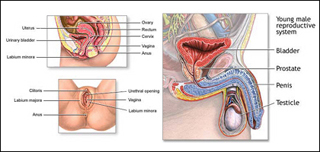Course Description
This course is designed to give the student a clear understanding of the pathophysiology of the menstrual cycle, fertilization, implantation, ovum growth development, differentiation and associated abnormalities. Disorders of fetal development including the principles of teratology and the mechanism of normal and …
This course is designed to give the student a clear understanding of the pathophysiology of the menstrual cycle, fertilization, implantation, ovum growth development, differentiation and associated abnormalities. Disorders of fetal development including the principles of teratology and the mechanism of normal and abnormal parturition will be covered as well as the pathophysiology of the breast and disorders of lactation. Fetal asphyxia and its consequences will be reviewed with emphasis on the technology currently available for its detection. In addition the conclusion of the reproductive cycle, menopause, and the use of hormonal replacement will be covered.
Course Info
Instructor
Departments
Topics
Learning Resource Types
grading
Exams
notes
Lecture Notes

Human reproductive system. (Image courtesy of the U.S. National Cancer Institute’s Surveillance, Epidemiology and End Results (SEER) Program. Used with permission.)








